Early Warning Signs of Dangerous Medication Side Effects: What to Watch For
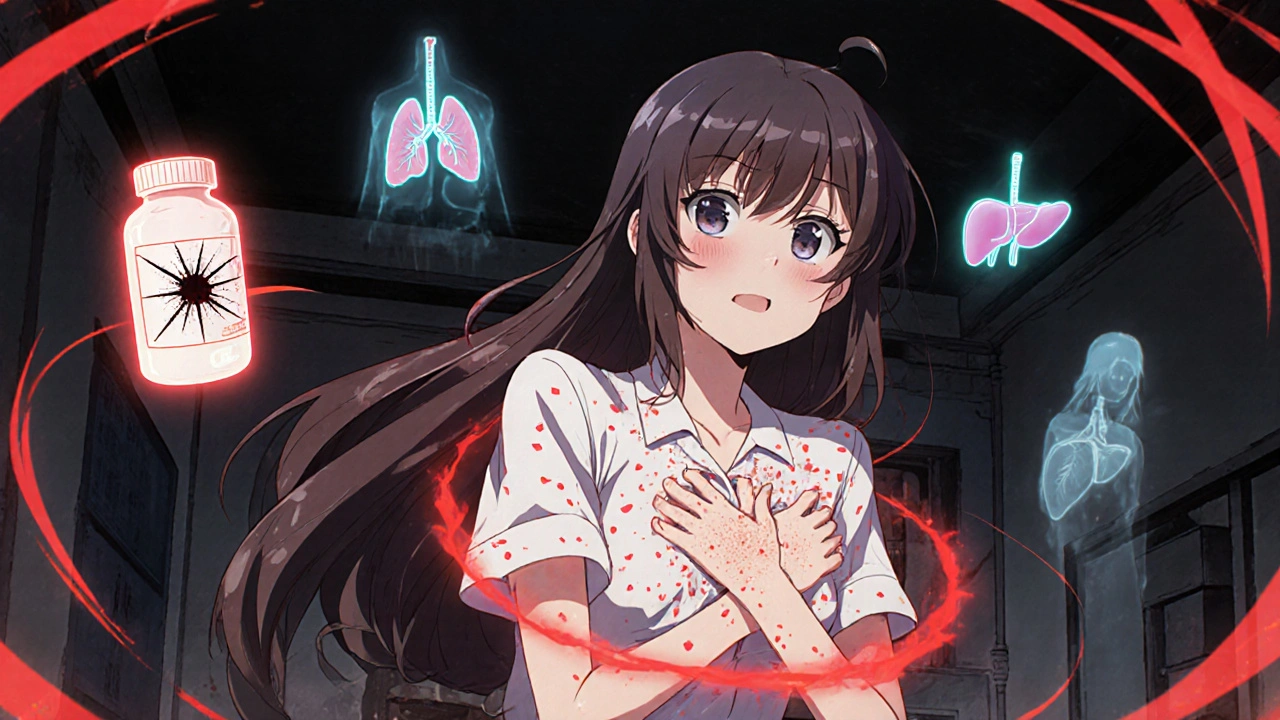
Medication Side Effect Risk Checker
Check Your Medication Symptoms
Answer the questions below to assess if your symptoms might be medication-related. This tool is not a substitute for professional medical advice.
What to Do Next
Important Facts
Symptoms that appear within 1 hour of taking a new medication are most likely serious. If you have any symptoms from the red flags list, call 911 immediately.
Every year, over 1.3 million people in the U.S. end up in the emergency room because of unexpected reactions to medications. Most of these cases aren’t accidents-they’re missed signals. The symptoms started small, got ignored, and then turned life-threatening. You’re not alone if you’ve ever thought, “I didn’t know that was serious.” The truth is, many dangerous drug reactions begin with signs that look harmless. But knowing what to watch for can save your life.
What Makes a Side Effect Dangerous?
Not all side effects are the same. Some, like a dry mouth or mild drowsiness, are common and usually harmless. The FDA says about 35% of people taking medications experience these minor issues. But then there’s the other side-the rare, but deadly, reactions. These affect only about 0.1% of users, yet they cause nearly 7% of all hospital admissions from drug-related problems. A side effect becomes dangerous when it threatens your organs, breathing, heart, or blood. The FDA defines a serious reaction as one that leads to death, hospitalization, permanent damage, or a life-threatening condition. That’s why timing matters. If a symptom shows up within an hour of taking a new medication, especially if it’s sudden and worsening, treat it like an emergency.Red Flags That Need Immediate Action
These are the signs you can’t afford to ignore:- Difficulty breathing or feeling like your throat is closing up-this is often the first sign of anaphylaxis, a severe allergic reaction.
- Swelling of the face, lips, tongue, or throat. Even if it’s mild at first, it can spread fast.
- Hives or a sudden rash, especially if it’s spreading or accompanied by itching or warmth.
- Chest pain or pressure, especially if it’s new and not related to physical activity.
- Heart rate over 100 beats per minute with dizziness or shortness of breath-this isn’t just anxiety.
- Unusual bleeding or bruising-like nosebleeds you can’t stop, blood in urine or stool, or bruises appearing without injury.
- Seizures or convulsions-even a single brief episode after starting a new drug is a red flag.
- Yellowing of the skin or eyes (jaundice) with severe stomach pain. This combo can mean liver or pancreas damage from drugs like semaglutide or methotrexate.
- Extreme drowsiness where you can’t stay awake, are confused, or can’t be roused-common with opioids, benzodiazepines, or sleep aids.
- Little or no urine output, swelling in legs or belly, and fatigue. These can signal kidney failure from medication toxicity.
Dr. Lisa Thompson from Mayo Clinic puts it bluntly: “If you’re having trouble breathing and your skin breaks out in hives after taking a pill, don’t wait. Call 911.” Anaphylaxis can kill in minutes. Epinephrine works-but only if it’s given fast.
Less Obvious, But Just as Dangerous
Some reactions don’t scream for attention. They whisper. And that’s when people get hurt.- DRESS syndrome-a rare but deadly reaction that shows up as a rash, fever, swollen glands, and liver inflammation. It can take weeks to appear after starting a drug like carbamazepine or allopurinol.
- Drug-induced anemia-you might feel tired, short of breath, or get heart palpitations. It’s not just “being out of shape.” It could mean your bone marrow is being suppressed by a medication.
- Serum sickness-fever, joint pain, rash, and nausea. Often mistaken for the flu, but it’s your immune system attacking the drug.
- Nephritis-kidney inflammation from certain antibiotics or NSAIDs. Symptoms include blood in urine, swelling, confusion, and high blood pressure.
These conditions don’t always come with a warning label. That’s why tracking new symptoms is crucial. If you started a new medication two weeks ago and now your joints ache, your skin itches, or you’re constantly exhausted, talk to your doctor. Don’t wait for it to get worse.

Who’s at Highest Risk?
Some people are more vulnerable than others.- People over 65 metabolize drugs slower. The American Geriatrics Society says seniors experience side effects 2.7 times more often than younger adults.
- Those taking five or more medications-known as polypharmacy. One in two older adults fall into this category, and their risk of dangerous interactions jumps by 300%.
- People with kidney or liver disease-these organs clear drugs from your body. If they’re not working well, medications build up to toxic levels.
- Those with a history of drug allergies-if you’ve had a reaction before, you’re more likely to have another.
And here’s something most people don’t know: look-alike or sound-alike drugs cause 12% of dangerous errors. Insulin and heparin are the most commonly confused. A label mix-up can be fatal.
What to Do When You Notice Warning Signs
Don’t guess. Don’t wait. Don’t Google it.- If you have trouble breathing, swelling, or chest pain-call 911 or go to the ER immediately. Do not drive yourself.
- If you have unusual bleeding, jaundice, seizures, or confusion-contact your doctor within the hour. If you can’t reach them, go to urgent care.
- If you’re unsure-call Poison Control at 1-800-222-1222. They’re available 24/7 and trained to help you decide if it’s an emergency.
And here’s the most important rule: Never stop a prescribed medication cold turkey. Stopping beta-blockers, antidepressants, or seizure drugs suddenly can trigger heart attacks, seizures, or severe withdrawal. Always talk to your prescriber first.
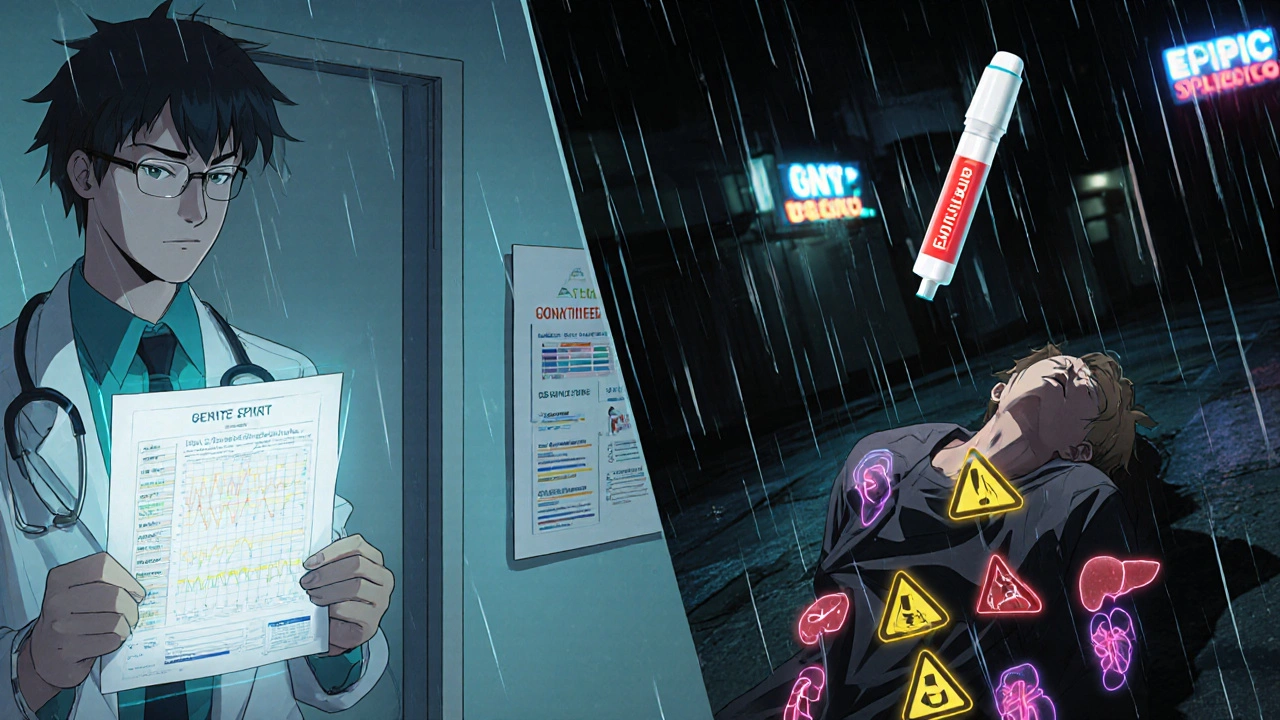
How to Protect Yourself
Prevention beats reaction every time.- Do a “Brown Bag Check” every month. Take all your medications-pills, supplements, creams, inhalers-to your doctor or pharmacist. They’ll spot dangerous combinations you missed.
- Know your drugs. Read the patient information sheet. Look for the “Serious Side Effects” section-not just the common ones.
- Use one pharmacy. It helps them track all your medications and flag interactions.
- Ask about genetic testing. New programs like the NIH’s Pharmacogenomics Research Network can test if you’re genetically prone to bad reactions with certain drugs. It’s not routine yet-but it’s becoming more common.
- Wear a medical alert bracelet. If you have known drug allergies or chronic conditions, this can save your life if you’re unconscious in an emergency.
Technology Is Helping-But You Still Need to Be Alert
New tools are emerging. AI-powered dashboards at places like Mayo Clinic can now predict your risk of side effects with 89% accuracy by analyzing your age, weight, kidney function, and current meds. Smart pill bottles that track when you take your drugs are rolling out. Wearables like Apple Watches can now detect irregular heart rhythms caused by medications. But none of this replaces your own awareness. These systems are tools, not babysitters. If your body tells you something’s wrong, trust it.Final Thought: Your Body Knows Before You Do
Medications save lives. But they can also harm them-if we don’t pay attention. The early signs of a dangerous reaction are often subtle. A change in how you feel. A new symptom that doesn’t fit. A feeling that something’s “off.” Don’t dismiss it. Don’t rationalize it. Write it down. Call your doctor. If it feels urgent, treat it like an emergency. Because sometimes, it is.Can medication side effects show up weeks after starting a drug?
Yes. While some reactions happen within minutes or hours-like anaphylaxis-others can take days or even weeks to appear. DRESS syndrome, serum sickness, and some forms of liver or kidney damage often develop slowly. If you notice new symptoms like rash, fever, joint pain, fatigue, or changes in urine color after starting a new medication-even weeks later-contact your doctor immediately.
Is it safe to take over-the-counter painkillers with my prescription meds?
Not always. Common OTC drugs like ibuprofen, naproxen, or even acetaminophen can interact dangerously with blood thinners, antidepressants, or kidney medications. For example, mixing NSAIDs with blood pressure drugs can cause kidney failure. Always check with your pharmacist before adding any new pill, even if it’s sold without a prescription.
What should I do if I think I’m having a drug allergy?
If you suspect a drug allergy-especially with hives, swelling, or breathing trouble-stop taking the medication and seek emergency help immediately. Do not wait to see if it gets better. Anaphylaxis doesn’t always start with a rash. Sometimes, it starts with dizziness or a feeling of doom. Call 911. If you have an epinephrine auto-injector (like an EpiPen), use it right away.
Can I just stop taking a medication if the side effects are bad?
No. Stopping certain medications suddenly can be life-threatening. Beta-blockers can cause rebound heart attacks. Antidepressants can trigger severe withdrawal or suicidal thoughts. Seizure meds can trigger uncontrollable seizures. Always talk to your doctor first. They can help you taper off safely or switch to a different drug.
How do I know if a symptom is from my medication or something else?
Track it. Write down when you took the medication and when the symptom started. Did it begin within hours? Days? Weeks? Did it get worse after each dose? Did it improve after skipping a dose? Bring this log to your doctor. Timing is the biggest clue. Symptoms that appear shortly after starting a new drug are far more likely to be drug-related.
Are older adults more at risk for dangerous side effects?
Yes. As we age, our kidneys and liver process drugs slower. This means medications stay in the body longer and can build up to toxic levels. People over 65 are 2.7 times more likely to have serious side effects. Taking five or more medications multiplies the risk. Regular medication reviews with a pharmacist are critical for older adults.
Can I trust drug labels to warn me about all possible side effects?
Not fully. Drug labels list the most common and known side effects, but rare or delayed reactions may not be included until after years of real-world use. The FDA’s Adverse Event Reporting System collects over 21 million reports-many of which come from patients who experienced side effects not listed on the label. Always report unexpected reactions to your doctor and the FDA.
What’s the difference between a side effect and an allergic reaction?
A side effect is a known, predictable reaction to how the drug works in your body-like nausea from antibiotics. An allergic reaction is your immune system attacking the drug as if it’s a threat. Allergic reactions can get worse with each exposure and can be life-threatening. Symptoms include hives, swelling, breathing trouble, and anaphylaxis. Side effects are usually dose-dependent. Allergies are not.

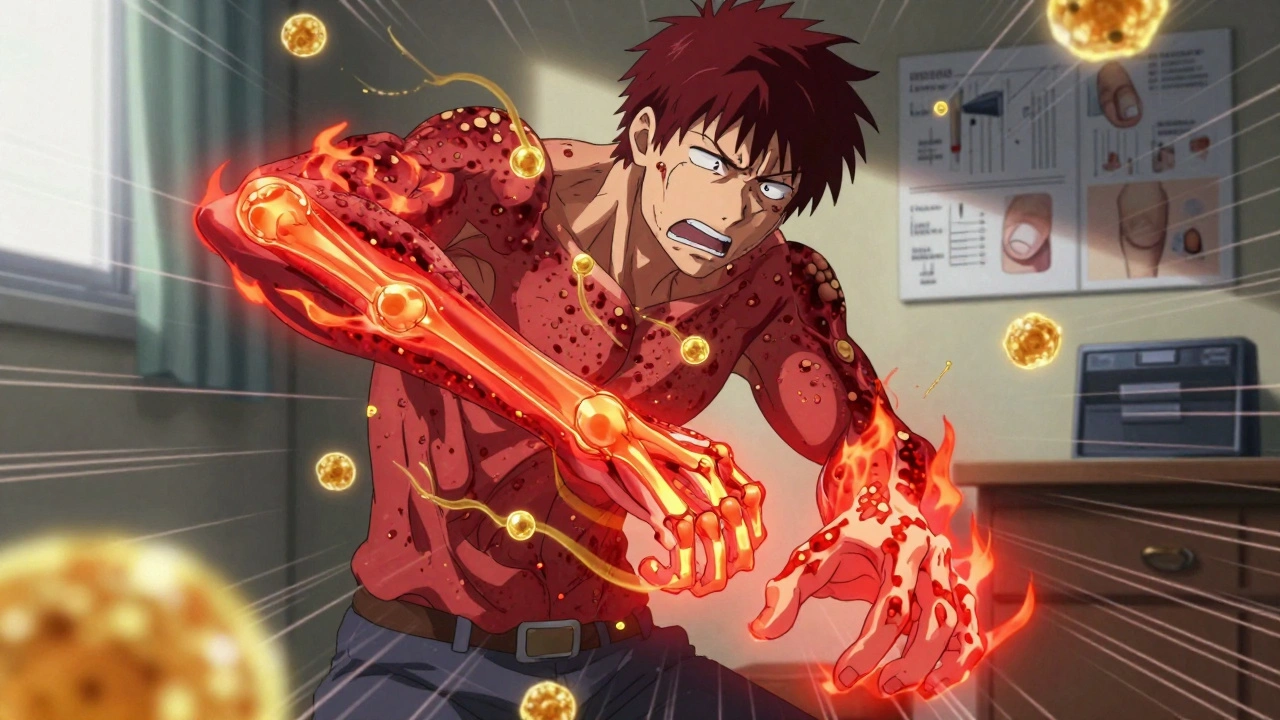
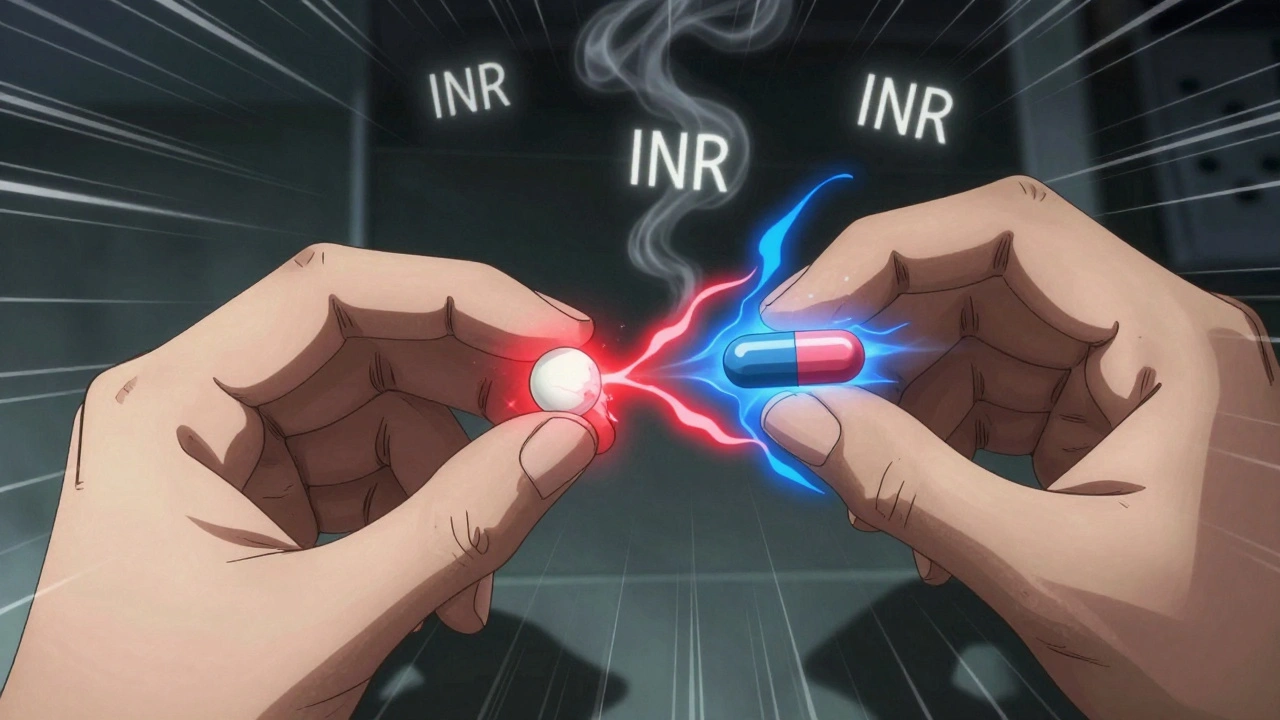
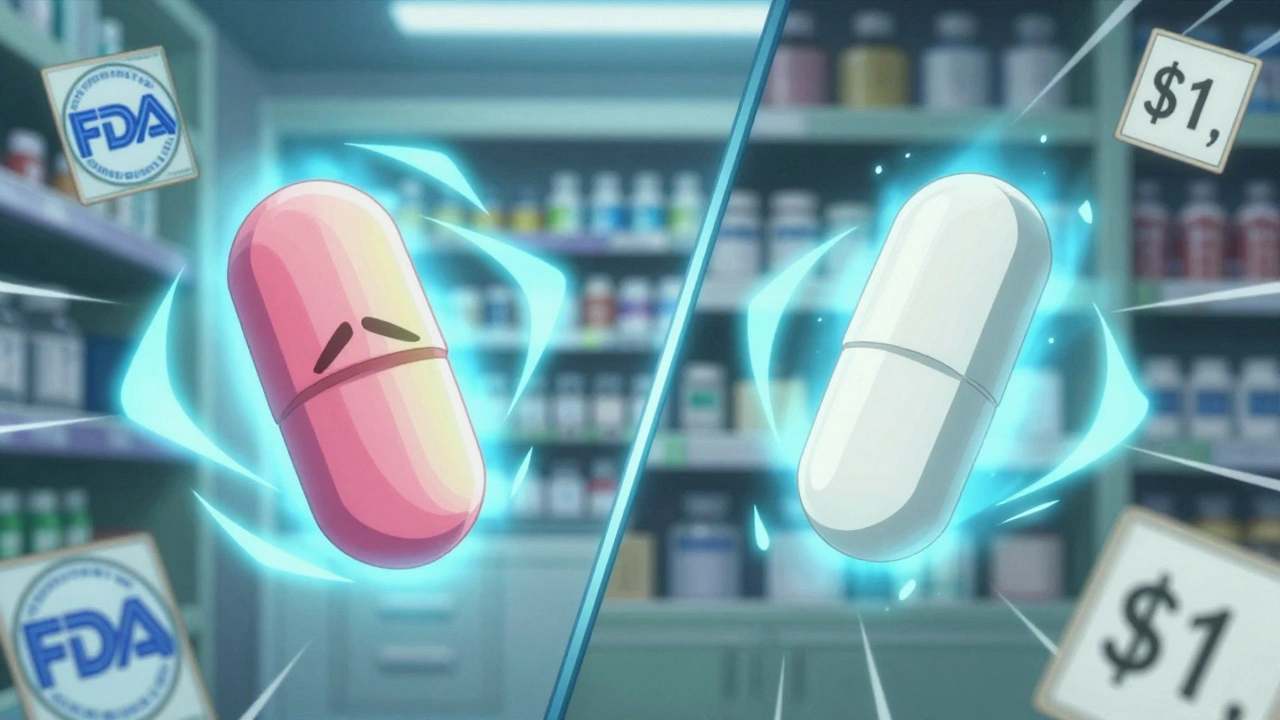
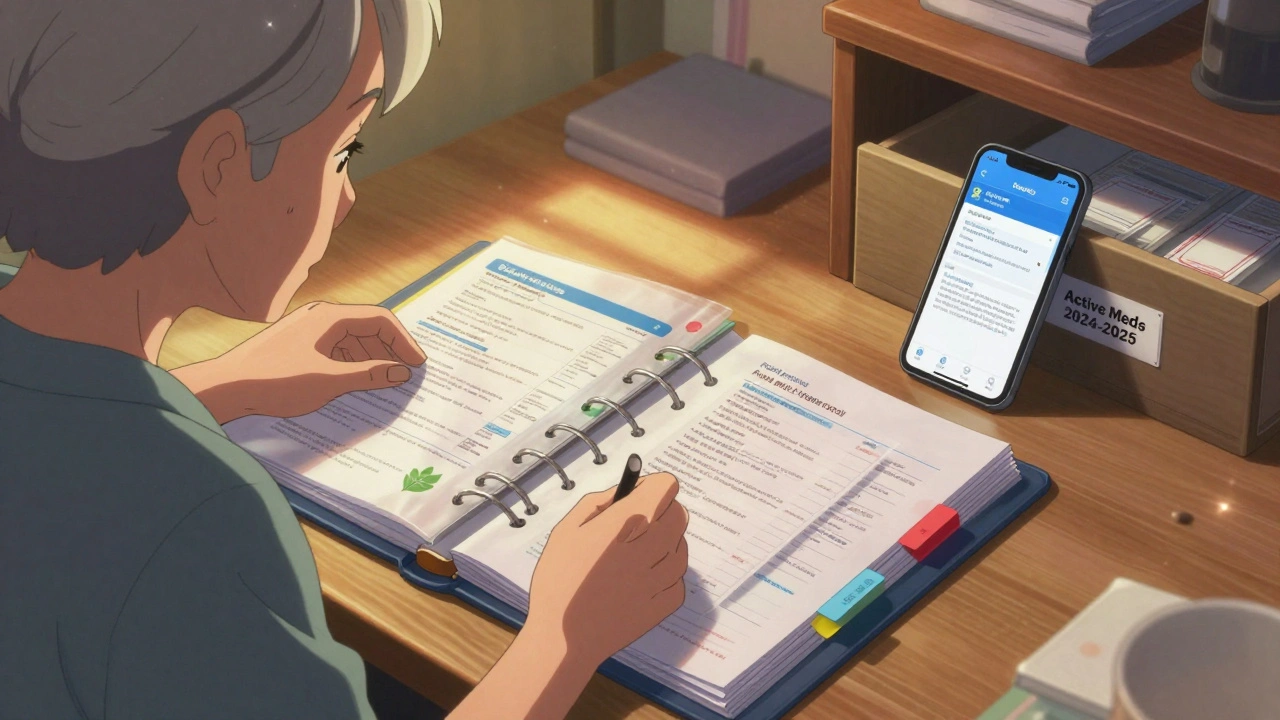
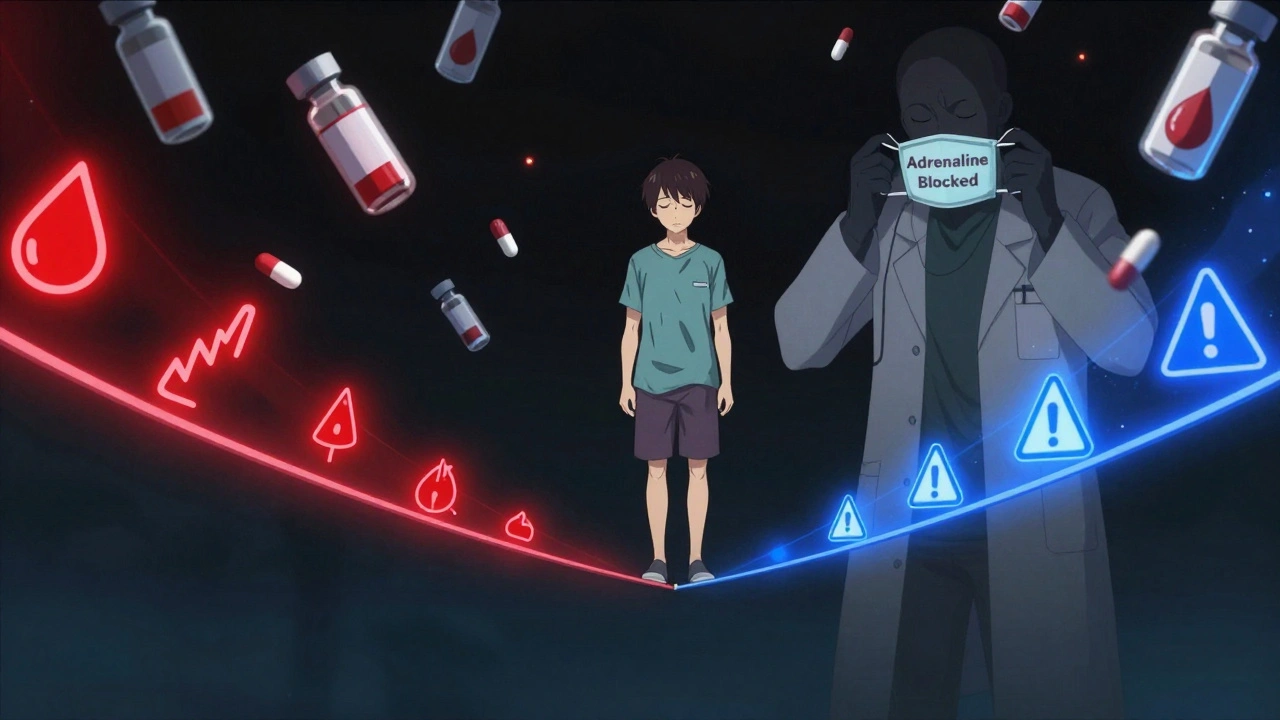
Comments
Savakrit Singh
November 27, 2025 AT 07:01This is an absolutely critical public health resource! 🚨🙏 The data on polypharmacy and DRESS syndrome is under-discussed in primary care. I've seen 3 cases in my clinical practice where patients dismissed rashes as 'allergies'-only to end up in ICU. Always document timing. Always. 📝💊 #MedSafety
Cecily Bogsprocket
November 29, 2025 AT 02:01I used to think if it wasn't screaming, it wasn't urgent. Then my mom went into kidney failure from ibuprofen and a blood pressure med combo. No warning. No red flags she recognized. This list? It’s the quiet scream we all need to learn to hear. Thank you for writing this.
Shubham Semwal
November 30, 2025 AT 20:46LOL so now we're scared of every pill? I took metformin for 8 years and never turned into a zombie. Stop fearmongering. People are dying from anxiety about meds, not the meds themselves. 😒
Sam HardcastleJIV
December 1, 2025 AT 14:03The assertion that AI dashboards achieve 89% accuracy is statistically dubious without citation of the underlying study. One must question the epistemological foundation of such claims when applied to individual physiological variance. One wonders if this is a marketing ploy disguised as medical advice.
Mira Adam
December 3, 2025 AT 03:11You're telling people to call 911 for hives but not to mention that the FDA has approved 12 new drugs this year with zero long-term safety data? And you think a Brown Bag Check fixes that? This is performative safety. It's not prevention-it's damage control with a pretty infographic.
Miriam Lohrum
December 4, 2025 AT 04:49It’s funny how we treat our bodies like machines that should never glitch. But they’re not. They’re ecosystems. A rash isn’t a bug-it’s a message. Maybe the system is trying to tell us something deeper than just 'stop the pill'.
archana das
December 5, 2025 AT 17:02In India, we call this 'dawa ka asar'-the effect of medicine. But no one talks about it. My aunt took a painkiller for back pain and lost her vision for 3 days. No one knew why. This should be in schools. Not just hospitals. Everyone needs to know this.
Sue Haskett
December 7, 2025 AT 09:49Please, please, please-write down your symptoms! Write them down! Write them down! Don’t just say 'I felt weird'-note the time, the dose, the food you ate, the weather, your stress level! It’s the only way to track patterns! I’ve saved lives with symptom logs!
Jonah Thunderbolt
December 8, 2025 AT 05:24The real danger? Pharma. They don’t want you to know about delayed reactions because then they’d have to recall drugs. Epinephrine is just a Band-Aid on a bullet wound. 🤡💉 #BigPharmaLies
Rebecca Price
December 9, 2025 AT 13:16I appreciate the intent. Truly. But the tone here feels like a lecture from a doctor who’s never had to juggle 3 jobs, 2 kids, and a prescription that costs $400/month. You say 'don’t Google it'-but what if you can’t afford a doctor? What then?
Gayle Jenkins
December 10, 2025 AT 07:56I’m a nurse and I’ve seen this too many times. Someone takes a new med, gets a rash, says 'it’ll go away'... and then they’re in the ER with multi-organ failure. Don’t wait. Don’t hope. Don’t 'wait and see'. Your body isn’t being dramatic. It’s screaming. Listen.
Kaleigh Scroger
December 10, 2025 AT 19:00The real issue is that most people don’t know what their meds are for or how they work. I had a patient on methotrexate who didn’t know it was for psoriasis not arthritis and kept doubling the dose because 'it wasn’t working'. No one explained the liver risks. No one. We need better patient education before we blame them for not noticing symptoms
Elizabeth Choi
December 11, 2025 AT 12:58The FDA’s Adverse Event Reporting System is a black hole. Over 90% of reports are never followed up. This article reads like a PR pamphlet for the medical industrial complex. 'Trust your body'-sure. But who’s going to pay for the 17 specialists you’ll need to prove it wasn’t just 'anxiety'?
Iives Perl
December 13, 2025 AT 07:15They’re putting microchips in pills to track you. That’s why they want you to write things down. It’s not for your safety. It’s for their database.
steve stofelano, jr.
December 13, 2025 AT 13:10This is an exemplary synthesis of clinical guidelines and patient-centered awareness. The integration of pharmacogenomics and the emphasis on polypharmacy risk stratification aligns with the latest American College of Clinical Pharmacy recommendations. I would recommend this as mandatory reading for all medical trainees and elderly care coordinators.